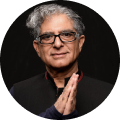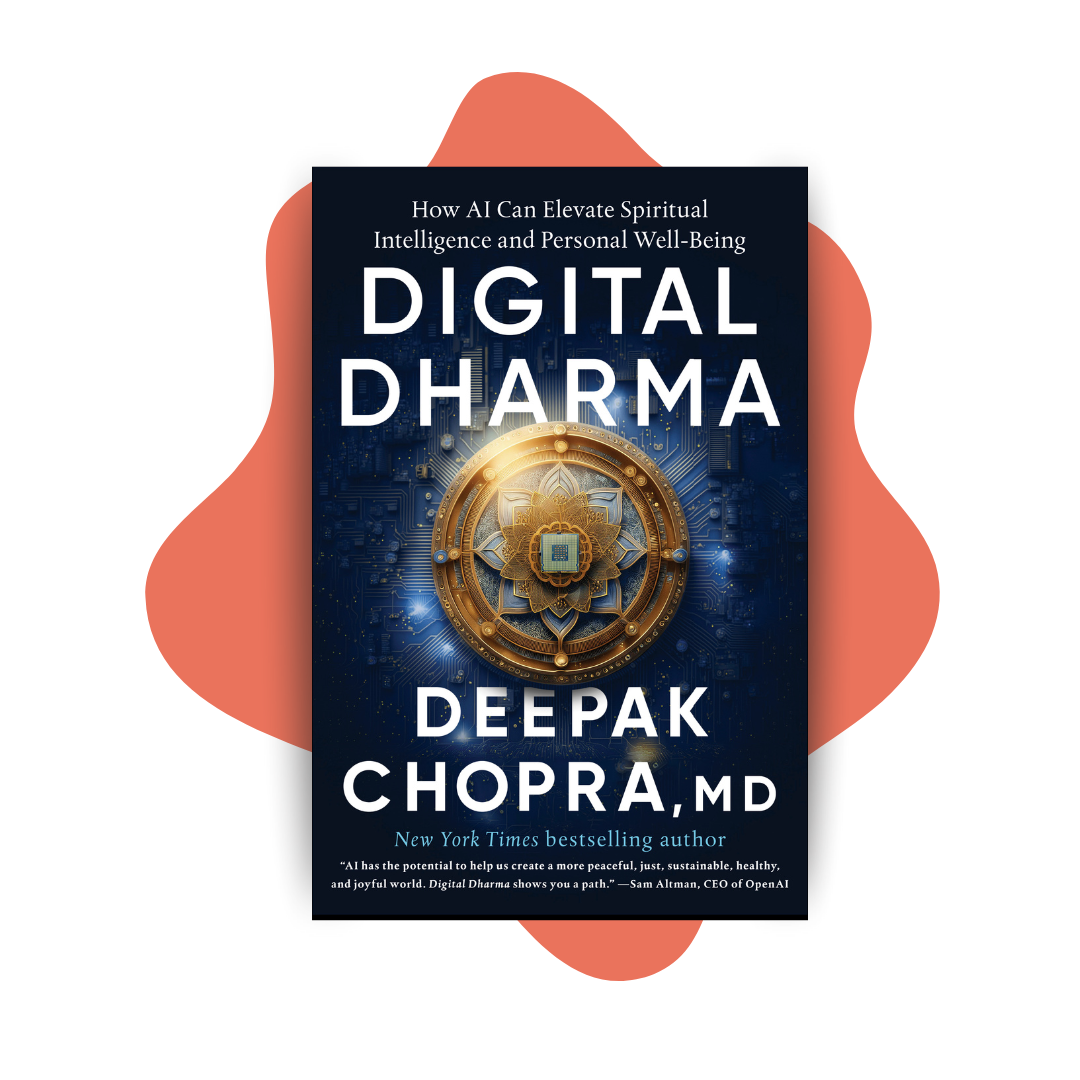The World Is Magic. So Where Is the Magician?.
When your mind and heart are truly open abundance will flow to you effortlessly and easily.
The phrase “magical thinking” has a bad reputation. It is associated with superstition, schizophrenia, hallucination, and other escapes from reality. If you seek a definition that is free of judgment, however, magical thinking is the belief that a hidden cause connects events where no cause actually exists. Science has gone through a long, hard slog to replace magical thinking with rational cause-and-effect, which is why we study the sun through telescopes rather than worshiping it. It’s ironic, then, that the most advanced sciences has confronted us with problems that overturn everyday reality so radically that some kind of magical thinking seems inevitable. We are all embedded in a magical reality that has no cause or explanation. The main features of magical reality are the following: If you consolidate these mysteries, reality itself becomes one, vast, inexplicable magic act, adding a few more factors accepted by science, like the fine tuning that kept the infant universe from collapsing in on itself or, the other alternative, flying apart in a formless cloud (alter primordial forces by one part in a billion, and the infant universe would go poof!) The amazing part is that the everyday three-dimensional world exists and secondly, that human beings navigate through it so effortlessly. We accept a 24-7, wrap-around illusion because our ancestors accepted it, leaving on the fringe a motley crew of sages, mystics, seers, and other people with anomalous ways of seeing reality. This motley crew generally met with a dismal fate, becoming outcasts subject to rejection, suspicion, and persecution. A relative handful, however, became the source of the world’s spiritual traditions. Their united message, leaving aside all the differences, was “Wake up!” But the truth that everyday reality is pure illusion has had an even harder time sinking in than science’s project of convincing us that there is no illusion. Hence the irony when magical thinking came back to bite the hand of science and force it to confront the mystery that lies at the heart of Nature. Let’s say we cut to the chase and accept the magic act that creates reality. This doesn’t involve the rejection of science, the abolition of reason, the rise of superstition of any other bugaboo. It only involves a change of perspective. At the most fundamental level, a change of perspective is the common thread that runs through all spiritual traditions. Nor do we have to say, “My perspective is right, and yours is wrong.” The human mind is designed to adopt any perspective freely, and to stand back to examine any perspective. In other words, we are aware, which is the only ingredient needed to be awake. It is the gap between these two states that raises all the barriers, resistance, ignorance, received opinions, and other trappings that our wrap-around illusion depends on. Getting from aware to awake is the whole game. So how is it done? There are numerous answers to that question, but once again we can cut to the chase. The world is magic—that much we’ve just accepted—so who is the magician? Before offering a cut-and-dried answer like “The magician must be God” or “Nature creates everything,” consider the one piece of magic we cannot do without. The one piece of magic that underlies the entire wrap-around illusion is the transformation that turns quanta to qualia. Quanta are the ripples and subatomic particles that are the building blocks of the physical world and therefore the very basis of the scientific worldview. Qualia is simply Latin for “quality” and refers to the sights, sounds, textures, smells, and tastes that we perceive, interpret, and think about. Somehow quanta turns into qualia. Without this transformation, there would be nothing to see, hear, touch, taste, or smell. Explain this magical transformation, and the gap between aware and awake will finally be closed. You will know the secret of creation, and with that knowledge, you wake up to the “real” reality behind the illusion. In the tradition of Western philosophy and religion, what we seek is the “causeless cause,” the one thing that generates creation without needing to be created. The causeless cause is by definition inconceivable. Just as water cannot figure out how it became wet or the mind figure out what came before time existed, once you are embedded in the system of cause-and-effect (i.e., everything that exists), looking outside the system is impossible. Except that being aware needs only one ingredient—consciousness—which also happens to have no cause. There is no valid theory that accounts for where consciousness comes from. It is packaged into existence itself. In a word, consciousness is the causeless cause. No one can reasonably doubt that the five senses and thinking require consciousness. The only obstacle is the world “out there,” which science accepts as a kind of bubbling stew of quanta that developed consciousness nobody knows how or why. In physics this lack of knowledge has won more and more adherents to the view that consciousness, like gravity and other fundamental forces, is innate in creation. As a causeless cause, consciousness doesn’t become conceivable. We use it every day, but there’s no beginning or end to consciousness, no birthplace, no goal, no physical properties, nothing to see, and nowhere to stand outside it. Consciousness spells the end of perspectives, whether scientific, mystical, spiritual, superstitious, or logical. Once you absorb this truth, and you have no choice but to be awake. You have walked up to the Wizard of Ox’s curtain, swept it aside, and said “Aha there you are”—to yourself. The only location that humans can assign to consciousness is ourselves. We each own an individual portion of infinite consciousness. Being the magician while not knowing that you are the magician is the ultimate trick that the wrap-around illusion has up its sleeve. Once you close the gap between aware and awake, what happens next is unpredictable. The path of enlightenment, if we can use the term, is unique for each person. The key is to take the first step and accept the absolute need for magical thinking. Without it, we will wander inside the illusion without any means of escape. DEEPAK CHOPRA MD, FACP, FRCP, founder of The Chopra Foundation, a non-profit entity for research on well-being and humanitarianism, and Chopra Global, a whole health company at the intersection of science and spirituality, is a world-renowned pioneer in integrative medicine and personal transformation. Chopra is a Clinical Professor of Family Medicine and Public Health at the University of California, San Diego and serves as a senior scientist with Gallup Organization. He is the author of over 90 books translated into over forty-three languages, including numerous New York Times bestsellers. His 91st book, Total Meditation: Practices in Living the Awakened Life explores and reinterprets the physical, mental, emotional, relational, and spiritual benefits that the practice of meditation can bring. For the last thirty years, Chopra has been at the forefront of the meditation revolution. His latest book, Living in the Light co-authored with Sarah Platt-Finger. TIME magazine has described Dr. Chopra as “one of the top 100 heroes and icons of the century.” www.deepakchopra.com

